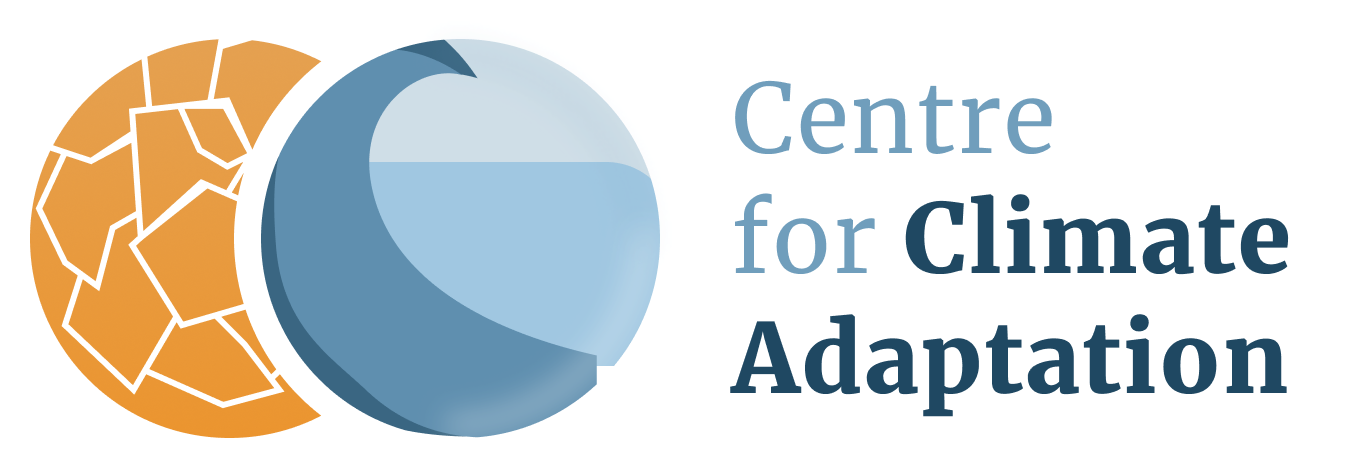Cyprus
Droughts
Vulnerabilities - Cyprus
During the 21st century longer dry spells are likely to be common, up to 2 to 4 weeks increase in the south of Italy and the Peloponese region in Greece, from the south of Iberian Peninsula to Morocco, and in Libya (17).
The eastern Mediterranean island of Cyprus is currently trying to tackle its water shortage problem with household rationing, importing 8 million cubic metres of water in tanker ships from neighbouring Greece, and desalination plants. The Kouris Dam, the main source for the pipeline serving the districts of the capital Nicosia and the southern regions of Limassol and Larnaca, has been almost empty in dry years in the past. The depletion of the island's aquifer is a very serious problem (18).
In Cyprus, Water Boards operating in Nicosia, Limassol and Larnaca that serve more than two thirds of Cyprus population had to apply severe restriction measures in the late 1990s. In Nicosia, only 80% of the quantities supplied to consumers were provided under normal conditions of continuous flow (86% in Limassol and 70% in Larnaca). Water restrictions also resulted in high operation and maintenance costs. Similar conditions prevailed in the rest of the island.
Agriculture
Farmers located in Cyprus still bear higher water costs today, due to deeper groundwater pumping and insufficient surface water resources. The situation results in income losses and in decrease in agricultural competitiveness. The situation has also resulted in a heavy investment strategy in order to bring the number of interruptions down. Heavy over-pumping in reaction to increasing water demand or to mitigate drought effects often leads to seawater intrusion in many coastal aquifers (19).
The definition of drought
Drought is a natural phenomenon defined as sustained and extensive occurrence of below average water availability. Drought should not be confused with aridity, which is a long-term average feature of a dry climate. It is also distinct from water scarcity, which constitutes an imbalance between water availability and demand (1).
Three general types of drought may be recognized (7):
Read moreVulnerabilities in Europe
The European Commission has estimated that at least 11 % of Europe's population and 17 % of its territory have been affected by water scarcity to date and put the cost of droughts in Europe over the past thirty years at EUR 100 billion (1).The drought of 2003 caused a total economic cost of over €13 billion in around twenty European countries (2,7).
Vulnerabilities – European trends in the past
There is no clear evidence that a widespread change in droughts has occurred in Europe over the last century or over the last decades (6). There is no evidence that river flow droughts have become more severe or frequent over Europe in general in recent decades (3), nor is there conclusive proof of a general increase in summer dryness in Europe over the past 50 years due to reduced summer moisture availability (4). Strong increases in the area of combined severe dry and wet conditions in Europe over the last three decades have also been identified, though, and it has been suggested that without global warming droughts would have been smaller and less pervasive (13).
Read moreVulnerabilities – Future projections for Europe
River flow droughts are projected to increase in frequency and severity in southern and south‑eastern Europe, the United Kingdom, France, Benelux, and western parts of Germany over the coming decades. In snow-dominated regions, where droughts typically occur in winter, river flow droughts are projected to become less severe because a lower fraction of precipitation will fall as snow in warmer winters. In most of Europe, the projected decrease in summer precipitation, accompanied by rising temperatures which enhances evaporative demand, may lead to more frequent and intense summer droughts (9).
Read moreAdaptation strategies
Pan-European
Europe should view 2003 as a wake-up call. The 2003 drought should be the catalyst for actions aimed at reducing drought impacts across all relevant sectors (7). Drought is not mentioned in European energy policies. Similarly European transport navigation policy makes no reference to low flow conditions, whereas health policies make few provisions for reduced water supplies and deteriorating water quality. Drought is one criterion for exemption to the requirements of the Water Framework Directive – an increasingly likely situation. It makes no provision for managing biodiversity protection during severe droughts (7).
In contrast to internal policy, drought is addressed as a real issue in EU development policies. Drought is seen as a threat to sustainable development, a humanitarian issue and a driver of mass migration and political instability (7).
EU policy orientations for future action
According to the EU, policy orientations for the way forward are (20):
- Putting the right price tag on water;
- Allocating water and water-related funding more efficiently: Improving land-use planning, and Financing water efficiency;
- Improving drought risk management: Developing drought risk management plans, Developing an observatory and an early warning system on droughts, and Further optimising the use of the EU Solidarity Fund and European Mechanism for Civil Protection;
- Considering additional water supply infrastructures;
- Fostering water efficient technologies and practices;
- Fostering the emergence of a water-saving culture in Europe;
- Improve knowledge and data collection: A water scarcity and drought information system throughout Europe, and Research and technological development opportunities.
National
Adaptation activities currently seem to be focused on flood management and defence, while adaptation measures related to the management of water scarcity and drought, although recognized as equally damaging, do not yet seem to be widespread (2).
Desalination has been introduced in order to increase water security. As a consequence, prices for domestic water supply and products were put up (19).
Promotion of improved waste water reuse where appropriate could result in the replacement of approximately 20% of the future water abstractions of Cyprus (19).
References
The references below are cited in full in a separate map 'References'. Please click here if you are looking for the full references for Cyprus.
- EC (2007a), in: EEA (2009)
- Anderson (ed.) (2007)
- Hisdal et al. (2001), in:EEA, JRC and WHO (2008)
- Van der Schrier et al.(2006), in:EEA, JRC and WHO (2008)
- Hanneford and Marsh (2006), in:EEA, JRC and WHO (2008)
- Van Lanen et al. (2007), in: EEA (2009)
- Eisenreich (2005)
- EEA, JRC and WHO (2008)
- Douville et al. (2002); Lehner et al. (2006); Feyen and Dankers (2008), in:EEA, JRC and WHO (2008)
- Alcamo et al. (2003); Schröter et al. (2005), in: EEA, JRC and WHO (2008)
- Demuth and Stahl, 2001, in: Blenkinsop and Fowler (2007)
- Lloyd-Hughes and Saunders (2002), in: Blenkinsop and Fowler (2007)
- Dai et al. (2004), in: Blenkinsop and Fowler (2007)
- Blenkinsop and Fowler (2007)
- Lehner et al. (2006), in: Blenkinsop and Fowler (2007)
- Lehner and Döll (2001), in: Blenkinsop and Fowler (2007)
- Giannakopoulos et al. (2005)
- http://www.kosisland.info
- European Commission (DG Environment) (2007)
- Commission of the European Communities (2007)




